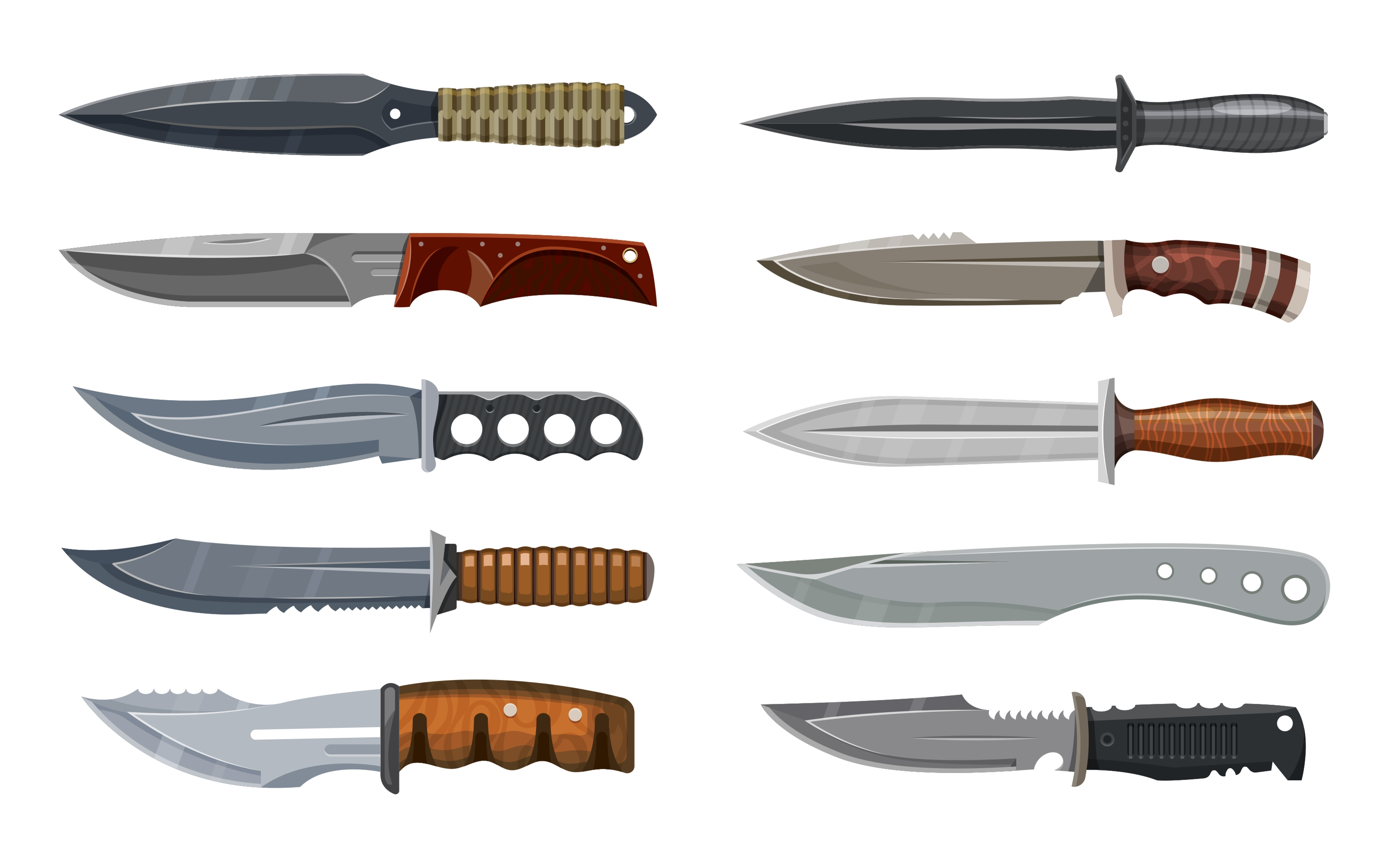Possession of an offensive weapon

POSSESSION OF AN OFFENSIVE WEAPON
It is an offence to have an offensive weapon in your possession in a public place, without reasonable excuse. For the purposes of this offence, an offensive weapon is defined as “any article made or adapted for use to cause injury to the person or intended by the person having it with him for such use by him or by some other person”.
According to the Court, who have previously approved this definition of an offensive weapon, there are three categories of offensive weapons, these are:
- Items which are offensive per se – these are items that have been made for the sole purpose of causing injury to a person (such as a ‘knuckle duster’).
- Items that are adapted for use as an offensive weapon (for example, a broken bottle).
- Items intended to be used to cause injury by the person who has it in their possession,(such as, a baseball bat being carried for the purpose of injuring another person).
Possession of an offensive weapon in a public place is a serious criminal charge and can attract a custodial sentence of up to 4 years, depending on the circumstances We therefore strongly recommend that you seek specialist legal advice if you are charged with this offence.
Offensive Weapons at Home
In July 2021, it also became a criminal offence to be in possession of an offensive weapon in a private place, whereby a private place is defined as any place other than a public place, school premises, further education premises or a prison. A private place includes, but is not limited to:
- A private office in a place of employment
- Personal Residences (your home)
- Personal Motor Vehicles
However, there is a difference in terms of offensive weapon classification in a private place, with the law being a lot more lenient as to what items you are allowed to own in your home. You are legally allowed to own most items in your home, except for the following, which are classed as offensive weapons:
- a knuckleduster, or any weapon incorporating a knuckleduster
- a swordstick, that is, a hollow walking-stick or cane containing a blade which may be used as a sword
- a “handclaw”
- a “belt buckle knife”
- a “push dagger”
- a “hollow kubotan”
- a “footclaw”
- a “shuriken”, “shaken” or “death star”
- a “balisong” or “butterfly knife”
- a “telescopic truncheon”
- a “blowpipe” or “blow gun”
- a “kusari gama”
- a “kyoketsu shoge”
- a “manrikigusari” or “kusari”
- a disguised knife
- a stealth knife
- a friction-lock truncheon (sometimes known as a baton)
- a sword with a curved blade of 50 centimetres or over in length
- a “zombie knife” which is defined as a blade with:
(i)a cutting edge;
(ii)a serrated edge; and
(iii)images or words (whether on the blade or handle) that suggest that it is to be used for the purpose of violence
- a “cyclone knife” or “spiral knife” being a weapon with:
(i) a handle,
(ii) a blade with two or more cutting edges, each of which forms a helix, and
(iii) a sharp point at the end of the blade
Exemptions For Possessing Offensive Weapons
By law, there are two exemptions for possessing an offensive weapon in a private place, whereby you can possess such weapon if it is:
- An ‘Antique’ weapon, whereby the offensive weapon is over 100 years old at the time of any alleged offence
- A weapon that is owned for religious reasons (such as a kirpan).
Bladed Articles
A bladed article is defined as any knife or sharply pointed object that has a blade of less than 3 inches in length.
You are allowed to possess a bladed article such as kitchen knives in your home. However, if the item is taken outside, you may commit the offence of being in possession of a bladed article, unless you have a reasonable excuse. Hypothetically, a blunt butter knife being carried in public could be considered a bladed article, depending on the circumstances.
It would be a defence to a charge of possession of a bladed article if the defendant can prove that he had a good reason or lawful authority to have the item with them. It is also a defence to the charge if a defendant is able to prove that they had the bladed article for use at work, or for religious reasons, or as part of any national costume.
Contact the David Gray Crime Team
If you are charged with the possession of an offensive weapon and would like to discuss your case with one of our specialist crime solicitors, please call us on 0191 232 9547.



